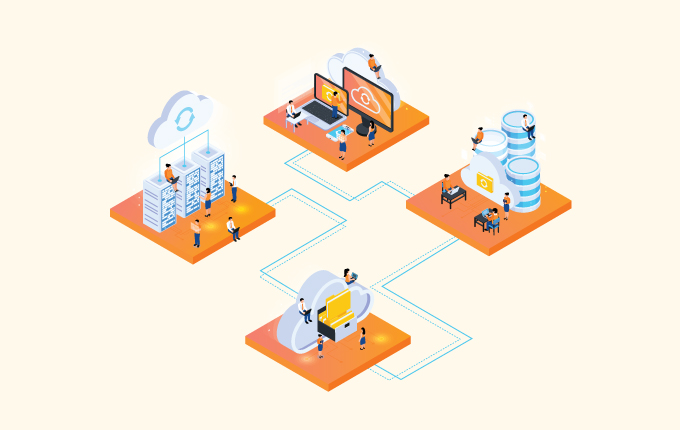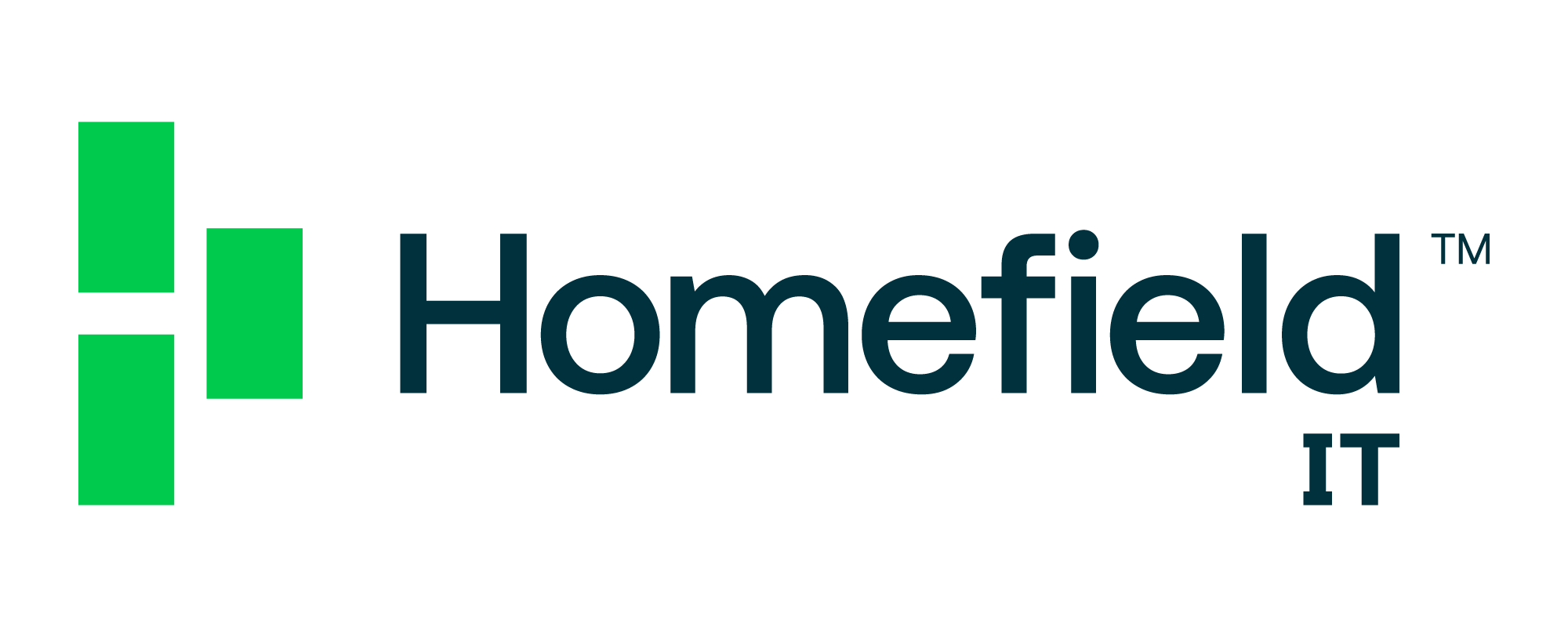Business IntelligenceCloud ServicesIT Consulting & StrategySecuritySoftware DevelopmentTech Support & Managed IT ServicesConstructionEducationFinanceHealthcareLegalNon-ProfitsReal EstateStartups
Sometimes, the biggest missing piece from your IT program is a master strategy. They are the policies and ideas that guide you through every step of managing your technical needs, from provisioning to implementation.

Without an overarching approach, you risk implementing tech solutions that don’t have the best needs of your end user in mind. It doesn’t if you consider the end user to be employees, customers, or anyone else who relies on you, without tools that meet their needs, you’re creating an unsatisfying experience.
What is ITSM?
IT Service Management (ITSM) is a strategic approach to implementing, delivering, and managing IT that puts the needs of the end-user and the goals of your organization first.
The idea is that putting the needs of your end user first and building out your IT stack around those needs creates a system that maximizes everyone’s ability to provide value to your organization. You’re giving your teams’ input into the tools they need to better understand why certain tools are necessary and how they’re going to help.
Why is it critical?
ITSM gives you a framework to follow throughout the entire lifecycle of your tech, everything from what criteria need to be considered during the purchasing process to who’s responsible for upkeep – all with a focus on the end-user experience.
This gives you a clear path whenever you need to address a technical need in your business. For example, rather than guessing which tools you might need, you know what tools you need and why they’re important.
Ultimately, this helps keep your teams efficient and productive by removing uncertainty around the need for certain tools or services and the impact they have on your organization.
How does it impact your business?
ITSM creates a more open dialogue around the needs of your business. Rather than being told what tools they’re going to be using, end users are providing input and telling people what they need.
This works because you’re creating processes that need to be followed at each stage, from procurement to maintenance. There’s no guessing, everyone knows what to do (or they know where to look for instructions on what to do).
ITSM brings a lot to the table. For starters, you’re able to move quickly and adapt to changes because you have a process or policy to follow. As we’ve seen in recent years, being able to pivot quickly and implement tech to enable that shift can be critical. Similarly, there are fewer problems overall and faster response times when things go wrong. You’re able to both save money and boost productivity because of the reduction in issues and downtime.
You also end up with end users who are happier (again, it doesn’t matter how you define end users here). Happier employees are more productive, happier customers are more likely to continue being customers and recommend your business to others.
What are the guidelines while strategizing this?
At the heart of ITSM are policies and practices that guide your decision-making around IT. These processes enable you to create a more holistic approach to the way technology works within your organization. And, it gives you repeatable steps to follow every time you need to deal with an issue. This reduces the amount of time lost trying to figure out how to solve a problem.
There are currently 34 processes outlined in ITSM. Rather than providing an overwhelming list, here are a few of the most common ones.
-
- Service Request Management outlines the steps needed for things like gaining access to apps or getting hardware updates.
- Knowledge Management guides how knowledge is shared, stored, and managed within your organization.
- IT asset management ensures that all your technical assets are being looked after, updated, etc. in a timely and consistent manner across your business.
- Incident Management policies and procedures that help you respond to anything that goes wrong with your tech. These policies help you get things up and running as quickly as possible by clearly outlining what needs to be done and by whom.
- Change management guides the process of change within your business. These policies make sure that you’re avoiding bottlenecks as you roll out new services, tools, or features.
Various tools essential for ITSM
There are no shortages of tools out there to help you manage your IT processes. The hardest part is finding the right ones that help you meet the needs of your business and your end users.
The first thing you should do is define and talk to your end user. Knowing exactly what their needs are and how they align with the business needs of your business can guide the decision-making process. The more you understand these needs (and how they intersect), the more likely you are to get the right tool for the job.
You should also make sure that any tools you use fit into your existing tech stack without too much effort. The more seamless the integration, the less time is spent fiddling around trying to make everything work.
It also helps to use tools that collect data in a way that helps you understand how everything is being used. Having user analytics can help you further streamline processes and figure out whether or not you’re working in a way that best suits the end user.
Finally, pick tools that don’t just do what you need them to today, but will continue to serve your needs as your business grows. Tools that only work for your current stage of growth aren’t ideal because they need to be replaced sooner than you’d like, costing you time, money, and productivity as you implement the replacement.
Want to learn more about ITSM?
Fully implementing ITSM can be a lot of work, especially if your internal tech teams are already busy. Getting the help of a managed services provider can ensure that you’re covering all your bases and creating best practices for your IT needs.
To find out more about ITSM and how it can help your business, contact us today.
 January 19, 2023
January 19, 2023 Manhattan Tech Support
Manhattan Tech Support




